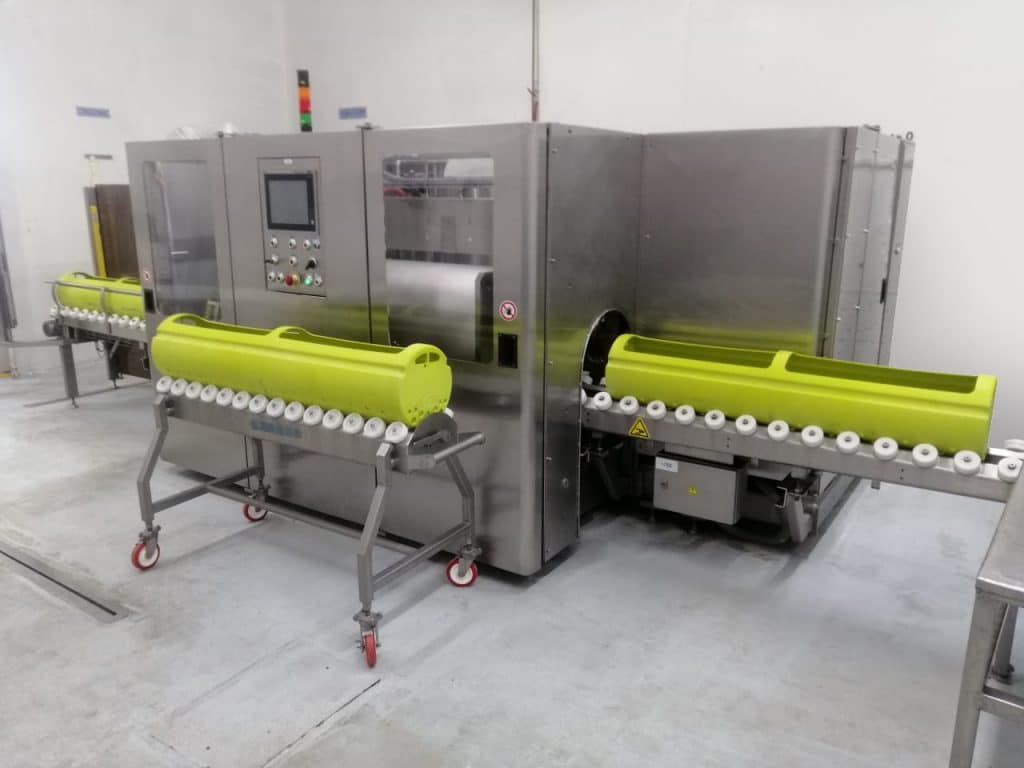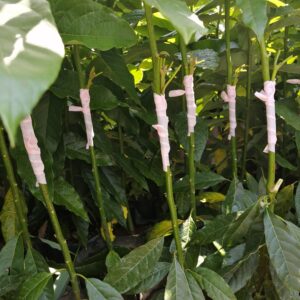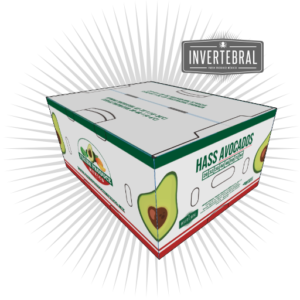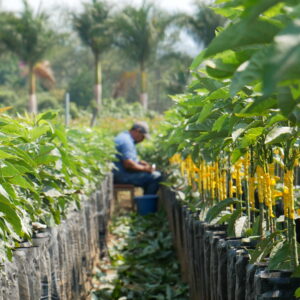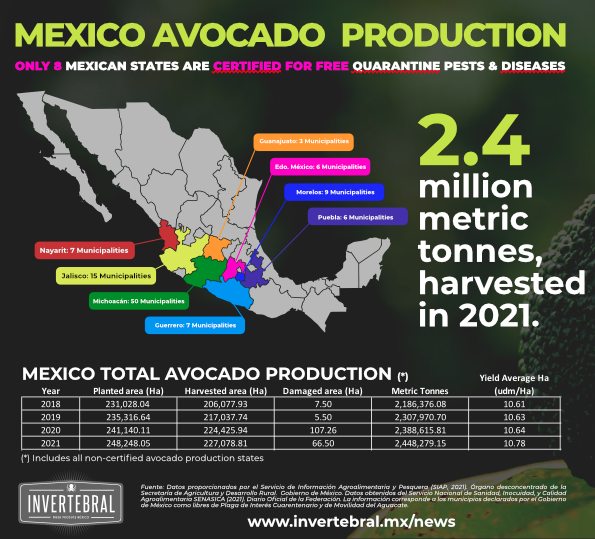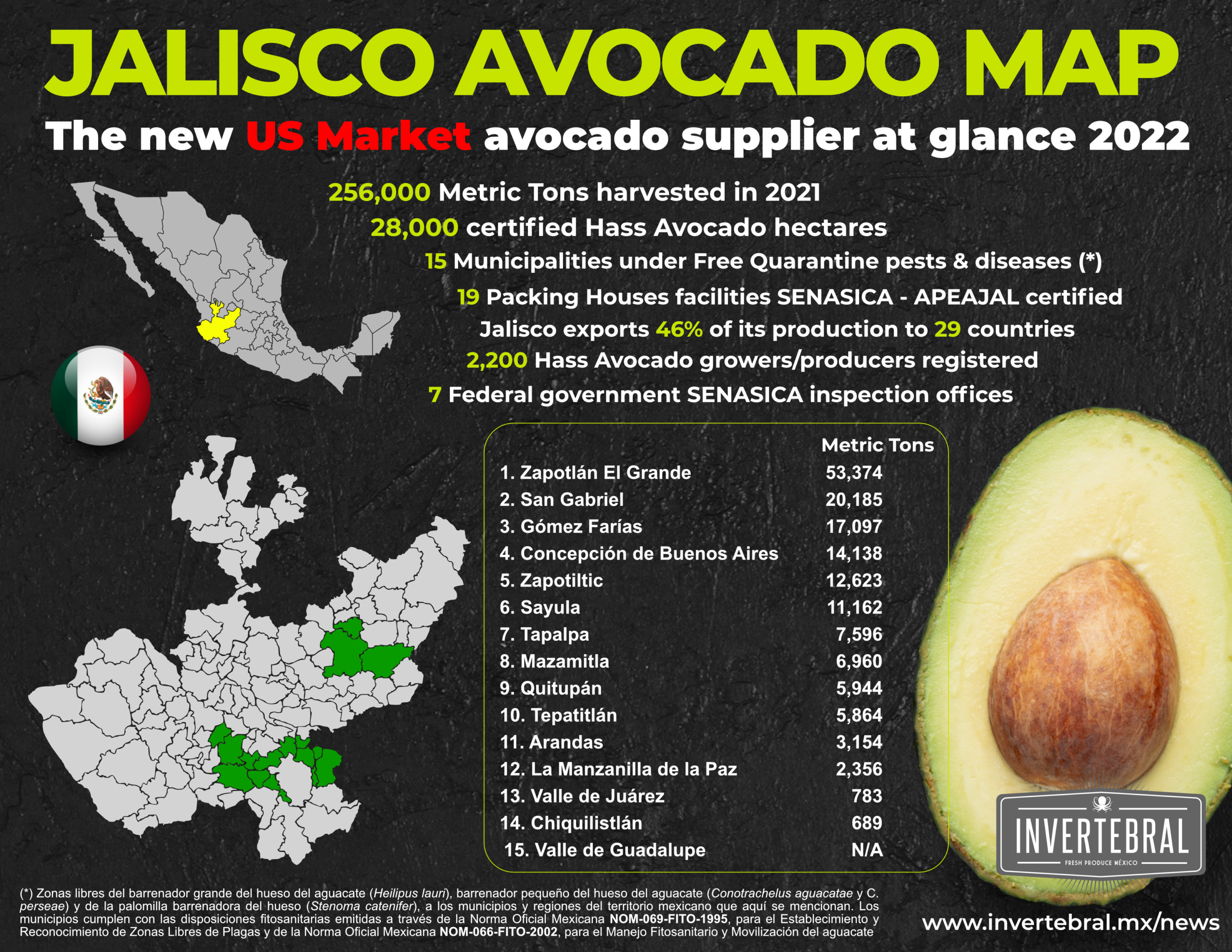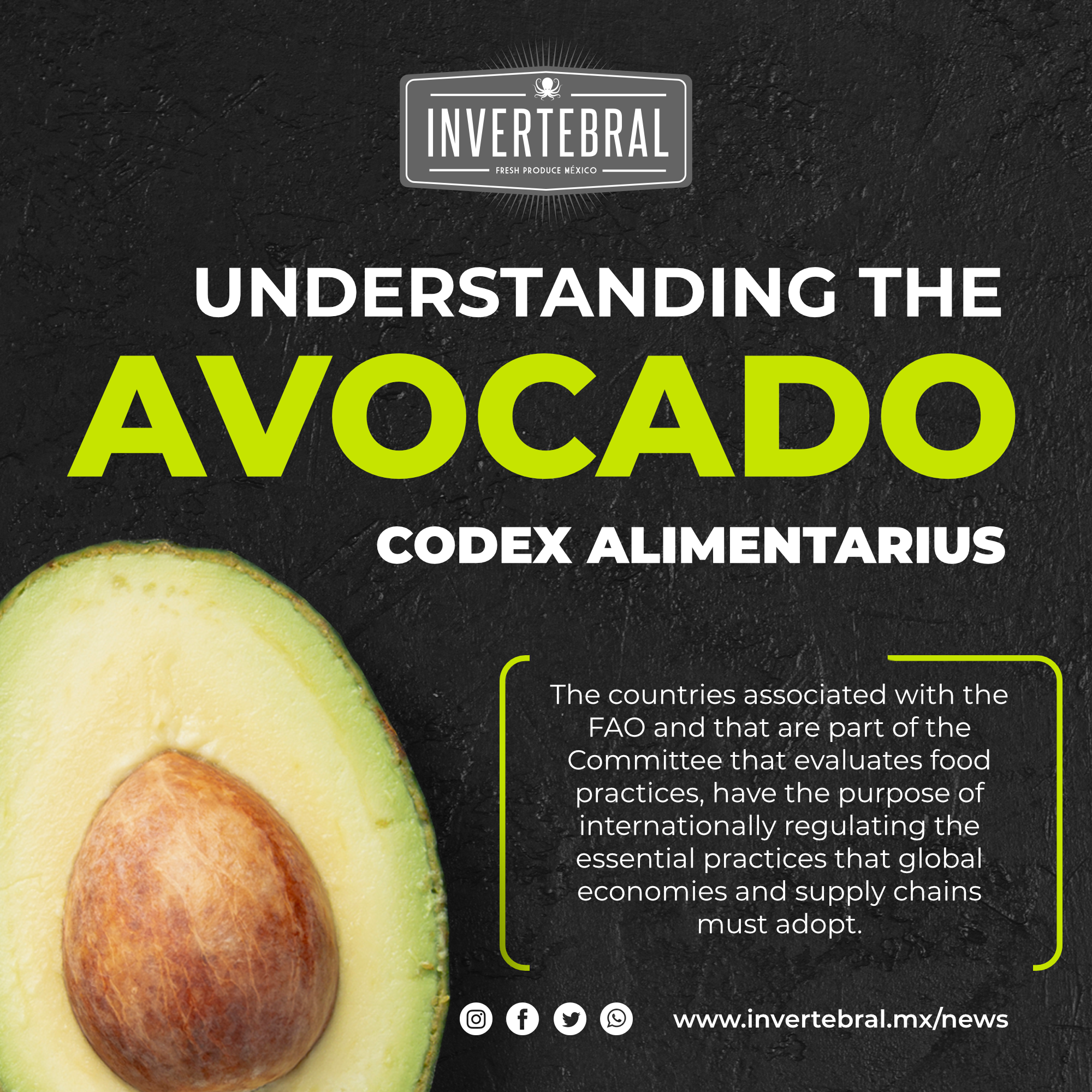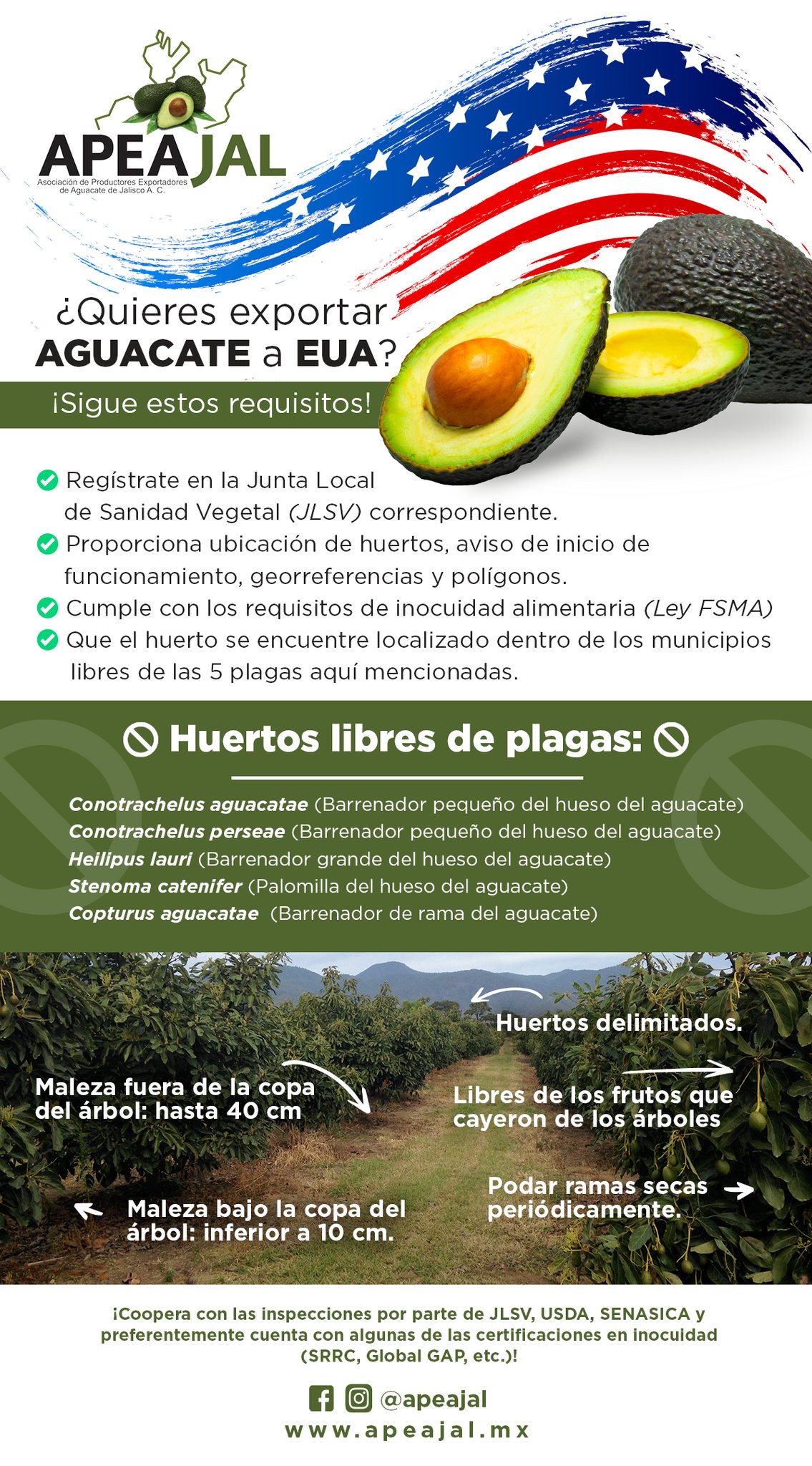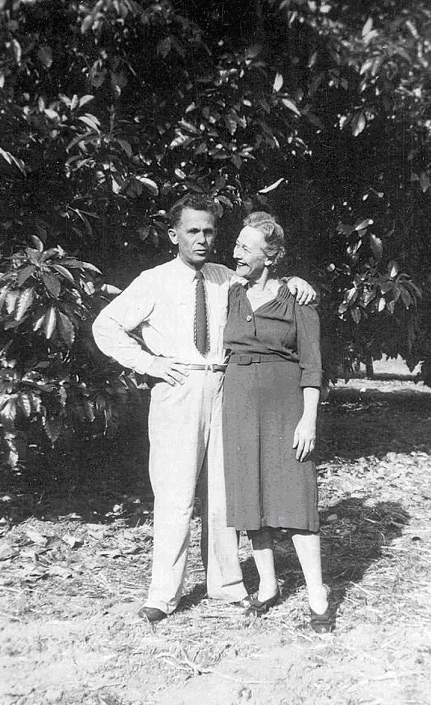
The Hass avocado, very appreciated throughout the fresh produce global markets, were created by an American of German origin, Rudolph Hass, who planted the first tree in the yard of his house in the state of California in 1926, almost a century ago.

Credits: California Avocado Comission
From this plant come almost all the known grafts of the Hass Avocado tree in the world. And, in the place where that first tree was planted, a plaque was placed to remember it. The tree lived 75 years and was finally felled in 2002.
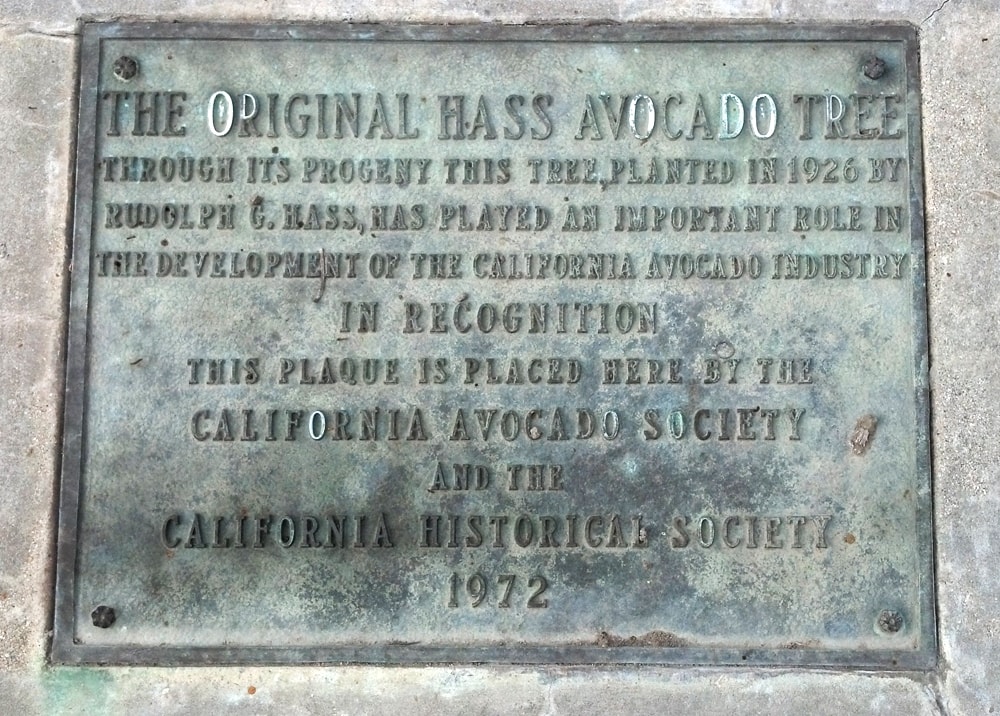
Credits: California Avocado Comission
Hass, born in Milwaukee, Wisconsin, was a postman who, having moved to the town of La Habra, southeast of Los Angeles, planted a variety that very soon turned out to be more productive than those that existed in Mexico. It is worth mentioning that this new experimental selection was the first patent granted to a tree in the United States.
However, Hass’s initial success did not last long, as no one respected his patent and illegally grafted cuttings from his plant instead of buying it. It is estimated that the former postman only earned $5,000 in total from his license plate, when he should have struck it rich.
The invention or registration of the Hass avocado tree relates to a new and improved variety of avocado that has certain characteristics that were highly desirable in the early 20th century.
The original tree in which Rudolph Hass obtained superior results was thanks to the importation of a seedling of Guatemalan origin but of unknown ancestry.
It was planted in the spring of 1926, in a grove on West Road in La Habra, Heights, Los Angeles County, California. The tree had a medium, upright growth habit, about ten meters tall, and was fairly uniform in general appearance.
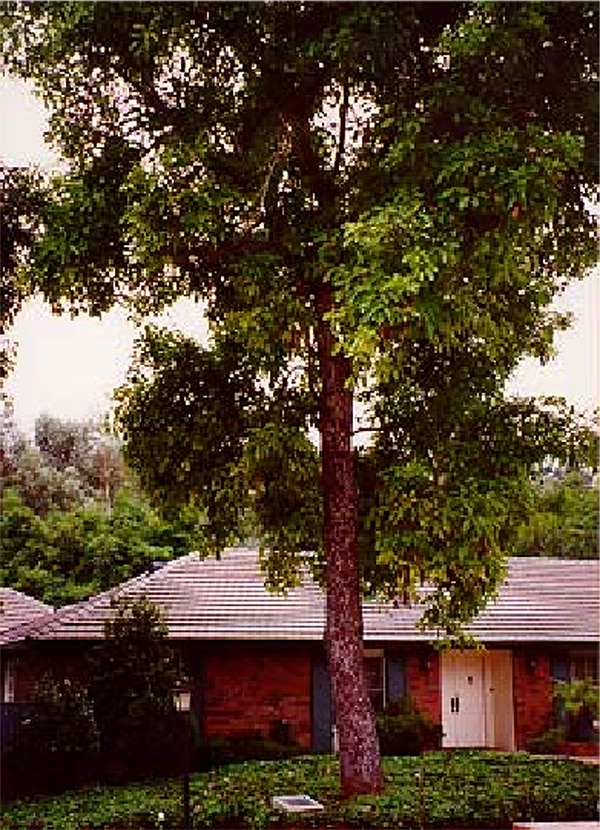
Credits: Hass Avocado Comission.
The new Hass variety was successfully propagated on thin-skinned root-like Mexican seeds. Without mentioning the name of the master seed, it is believed that very possibly Criolla (Creole) type seeds were used.
This avocado tree was characterized by the speed of growth of the sprouted strain. Shoots from two-year-old scions have reached a diameter of a little over three inches. The young branches of the tree have substantially the same color as those of the Fort.
You can read & download the original registered Hass Avocado patent 139 in the following window caption.
[ts_document url=”https://www.invertebral.mx/wp-content/uploads/2022/02/USPP139-Hass-Avocado-Rudolph-Hass-patent.pdf”]
Sources:
a) https://californiaavocado.com/avocado101/did-you-know/avocado-hass-vs-haas-which-is-it/
b) http://ucavo.ucr.edu/avocadovarieties/Hass_History.html


